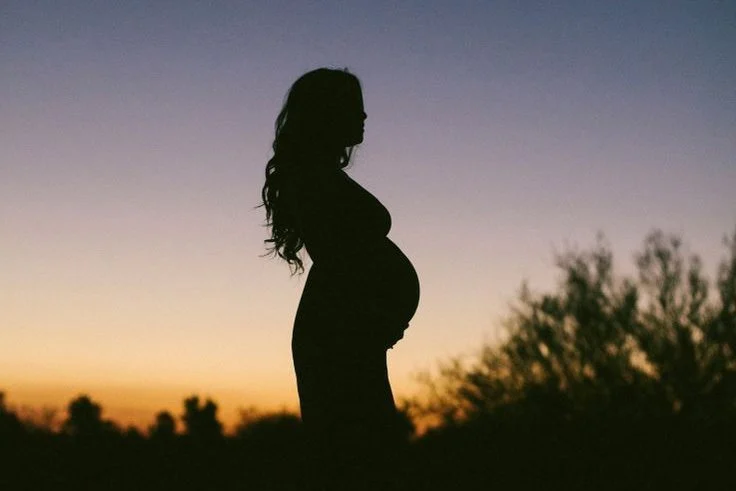Recent findings highlight ongoing risks to infants during sleep, as many parents continue to create unsafe sleeping environments for their little ones. A recent observational study aimed at understanding new mothers’ preferred sleep setups unexpectedly revealed a troubling trend: a significant number of infants were placed in cribs alongside hazardous items.
Dr. Sarah Thompson, a pediatrician with over 15 years of experience, was shocked by the study’s findings. “Even though parents are aware they are being observed, many still choose to include loose items in their baby’s sleep area,” she remarked. “The prevalence of unsafe bedding practices was alarming.”
The research indicated that among 160 one-month-old infants, 21% were put to sleep on unsafe surfaces, while 91% had loose or non-approved items in their cribs. The situation worsened as the infants aged; by six months, 93% were sleeping with potentially dangerous items.
One has to wonder why practices like using crib bumpers still persist when both the American Academy of Pediatrics and the American SIDS Institute advise against them. The Consumer Product Safety Commission (CPSC) has linked numerous infant fatalities to suffocation caused by items like pillows and blankets in sleeping spaces. According to their data, safe sleep environments are those that adhere to federal safety standards and are devoid of clutter, including any type of soft bedding.
The study also revealed a concerning trend: when parents relocated fussy infants during the night, the new sleeping arrangements often became even less safe. Experts point out that while there are methods for safe co-sleeping, the same rules apply regardless of the sleeping surface — no blankets or pillows should be near the baby, and infants should always be laid down on their backs.
Dr. Emily Carter, another pediatric specialist who evaluated the study, emphasized the importance of consistent messaging to new parents. “I always remind parents to use cribs free from any loose items and to place babies on their backs when sleeping,” she said. “We need to stress that during nighttime awakenings, it’s crucial to maintain a safe sleep environment.”
In conclusion, the message remains clear: do not place any items in a crib with your sleeping infant. This simple guideline can significantly reduce the risk of sleep-related incidents.
For further insights on safe parenting practices, check out Kindbody’s blog for valuable resources on pregnancy and family care. Interested in exploring home insemination options? Visit Make a Mom for expert advice and tools. You can also learn more about various aspects of this topic on Intracervical Insemination for additional information.
